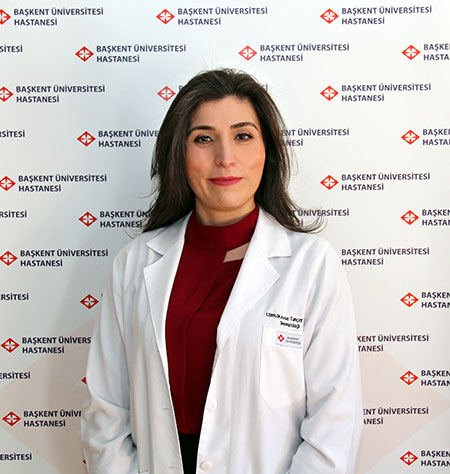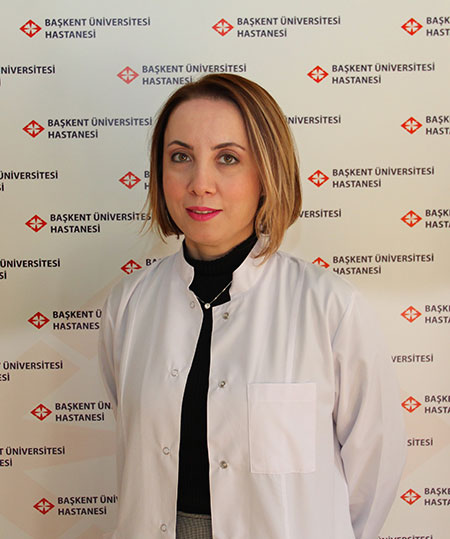Medical Services offered in the Department of Dermatology
I. Diagnosis and Treatment of Hair and Scalp diseases such as alopecias (both reversible and permenant ones)
- Dermoscopic examination (trichoscopy) of scalp
- Scalp biopsy
- Trichoscan software monitoring hair loss and treatment response
- Topical and systemic treatment modalities
- Platlet-rich plasma (PRP) treatment for alopecias like androgenetic alopecia, telogen effluvium, postpartum alopecia.
- Immunotherapy with Diphencyprone for diffuse alopecia areata (alopecia universalis)
- Cortisone injections into the scalp for the diseases causing hairloss like alopecia areata or scarring alopecias.
- Mesotherapy for androgenetic alopecia
II. Diagnosis, Treatment and Follow-up of Melanocytic nevi and Skin cancers
- Dermoscopic examination for pigmented (brown-black) or non-pigmented (red, skin-colored) skin lesions by a handheld and a digital dermatoscope (Fotofinder, computerized dermatoscopy).
- Follow-up by taking serial pictures of the lesions, total body nevi mapping
III. Diagnosis and Treatment of Excessive Sweating (hyperhidrosis of underarms, palms, soles)
- Iodine-starch test, and gravimetric quantification for determination the severity of excessive sweating
- Iontophoresis treatment (weak electrical current implementation in water bath) for excessive sweating of palms and soles.
- Botulinum toxin (botox) injections for excessive sweating of underarms (axilla)
IV. Diagnosis and Treatment of Nail Disorders (such as ingrown nail, dystrophic or onychomycotic nail)
- Dermoscopic examination of nails (onychoscopy)
- Medical and/or surgical treatment modalities
- Partial nail ablation
- Nail surface shaving using a special device (dystrophic nail, onychomycotic nail)
- Nail plate reconstruction
V. Cytologic examination (Tzanck smear) for the diagnosis of numerous skin diseases such as blistering diseases, viral skin infections, mycotic skin infections, skin cancers like basal cell carcinoma, and so on.
VI. Determination of Demodex folliculorum parasite on face (skin surface microscopy) that can cause redness, pimples, dryness, burning sensation on facial skin mimicking rosacea.
VII. Skin Patch Test for allergic contact dermatitis, which determine allergic substances applied to the skin leading to allergic contact eczema (eythema, edema, vesiculation, itchiness)
VIII. Phototherapy (Narrow band UVB and PUVA) Unit
Partial (for palms and soles) and Full-body type (cabin) UV irradiation therapy for the treatment of several skin diseases such as psoriasis, vitiligo, generalised pruritus, uremic pruritis, chronic hand/sole eczemas, mycosis fungoides.
IX. Cryotherapy (cold therapy/ice treatment) and Electrocauthery
Treatment of benign skin disorders such as warts, soft fibrous papules and solar lentigos (sun spots), precancerious lesions like actinic keratosis, and some skin cancers such as basal cell carcinomas by freezing sprays containing liquid nitrogen or by burning them with an electrical current.
X. Cosmetic Dermatology Unit
- SChemical peelings (superficial peelings with glycolic acid and medium-depth with trichloroacetic acid) for facial rejuvenescence
- Soft tissue augmentation of the face with fillers (hyaluronic acid)
- Botulinum toxin A (Botox) injections for the treatment of rhytids
- Microneedling (dermapen/dermaroller) for facial rejuvenescence, acne scars, hair loss
- PRP (platelet-rich plasma) injections for facial rejuvenescence, acne scars, and hair loss
- Mesotherapy for treating facial rejuvenescence, dispigmentation, dehydrated skin and hair loss
- Laser therapy for epilation, thin vascular lesions (telengiectasia, cherry angiomas), and solar lentigo.
Figure legends

Figure 1. PRP injections for the treament of androgenetic alopecia
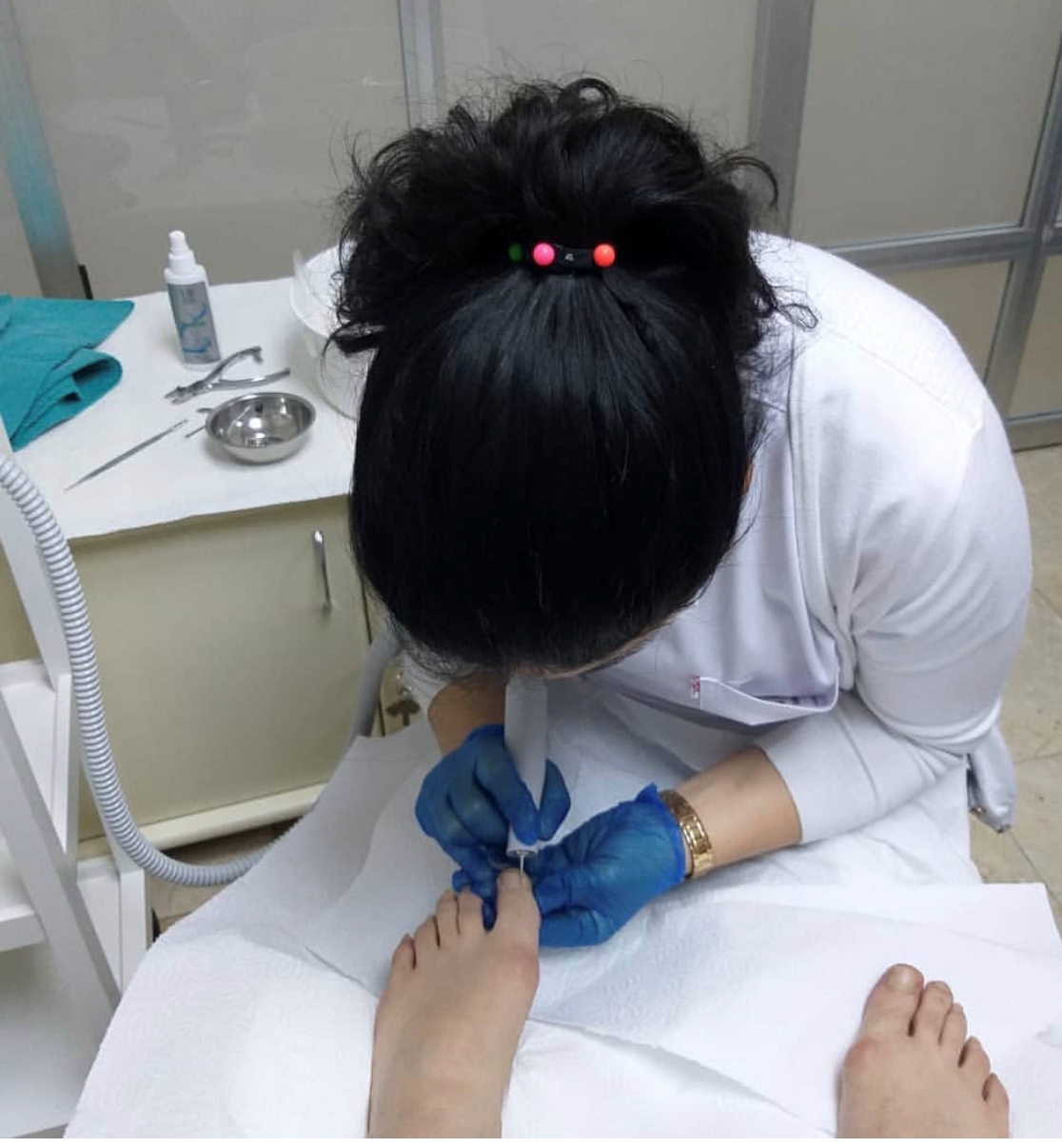
Figure 2. Nail surface shaving using a special device
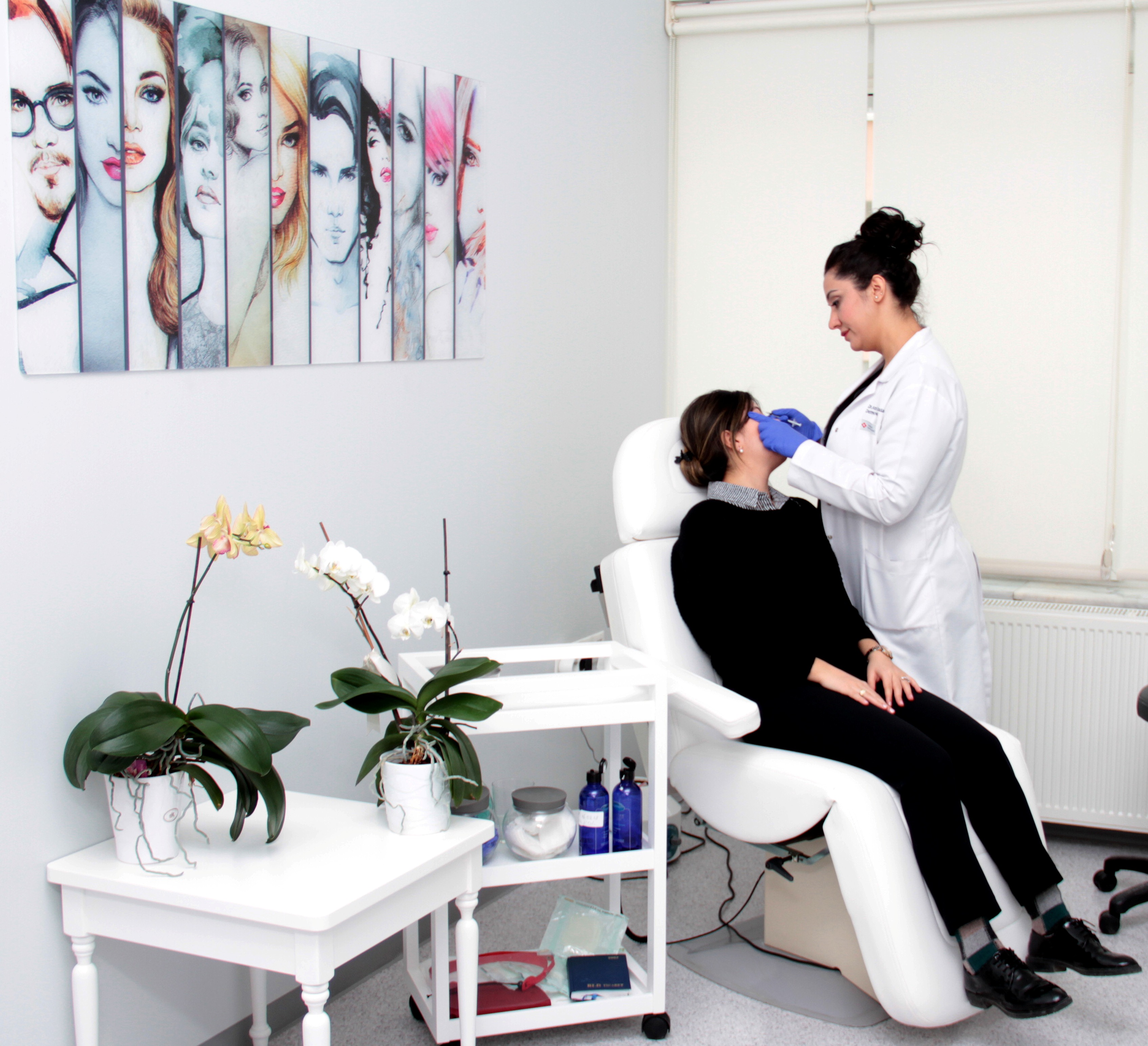
Figure 3. Injection of hyaluronic acid fillers for soft tissue augmentation
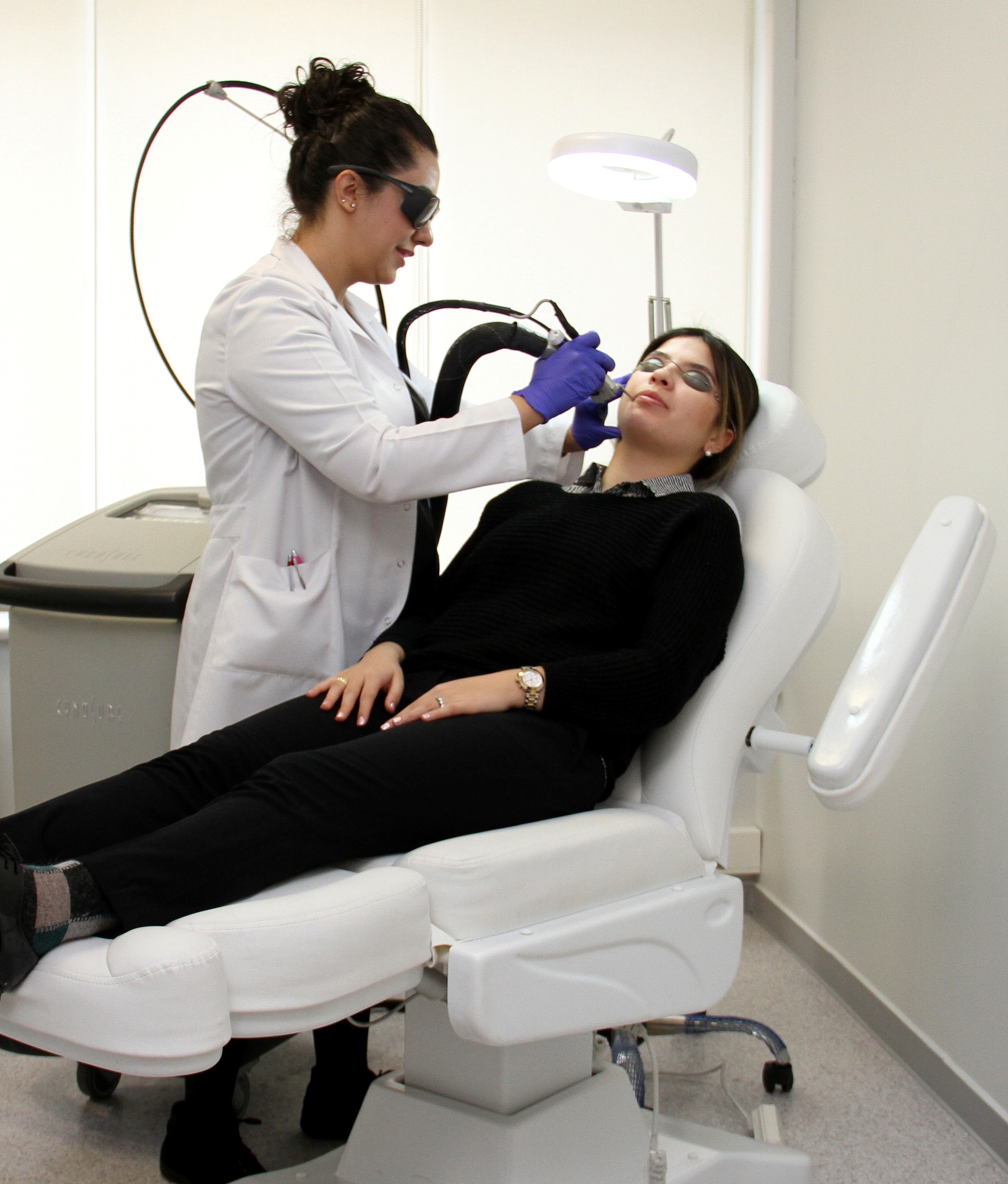
Figure 4. Laser treatment for facial telengiectasias

